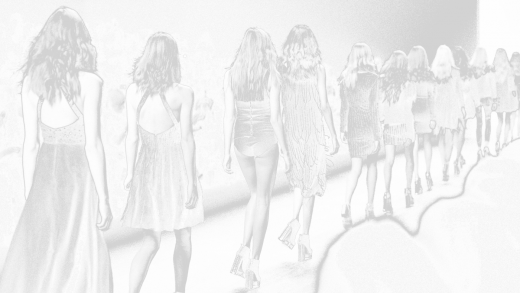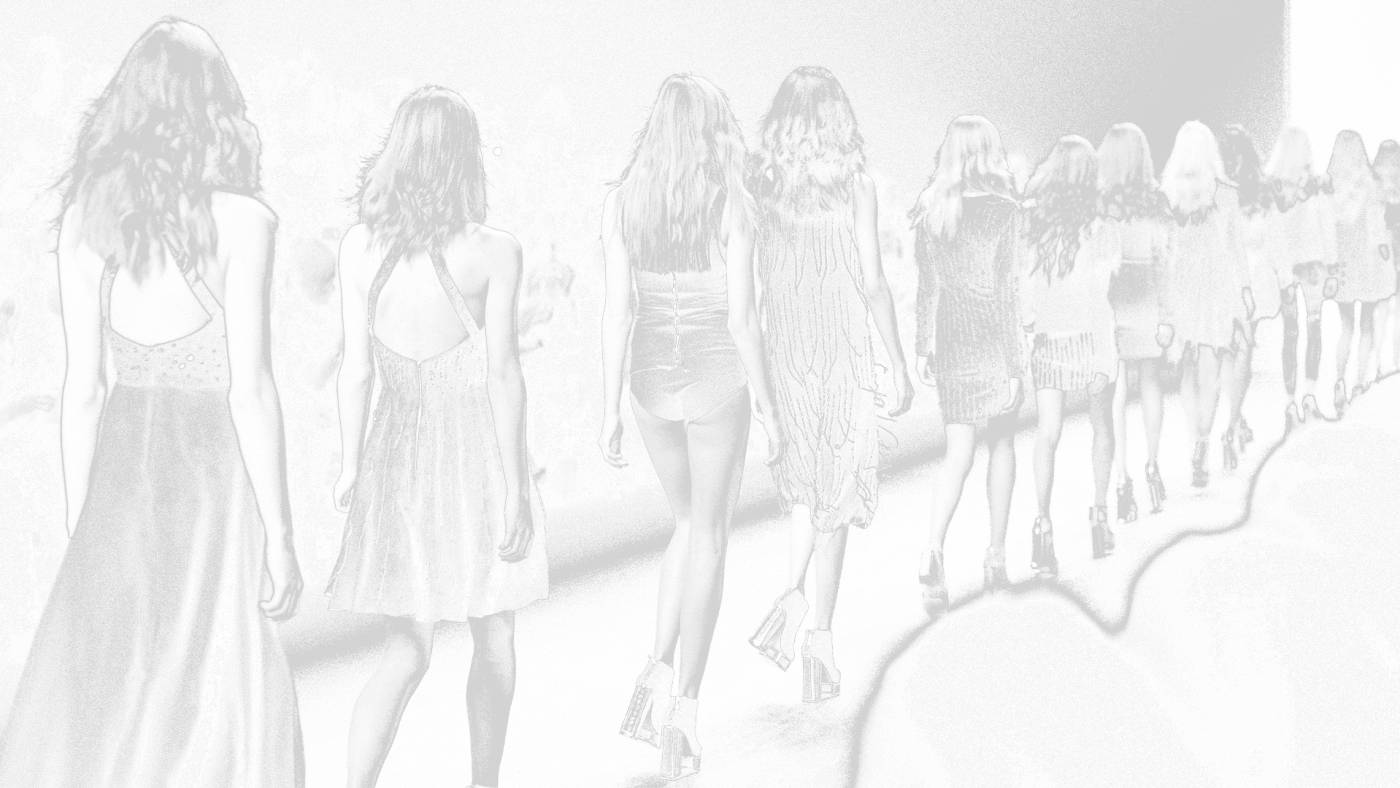Why racism is so entrenched in the fashion industry
Diane von Furstenberg, Tory Burch, and Marc Jacobs, among many other designers, went to bat for Hillary Clinton, creating T-shirts for her campaign emblazoned with phrases like “Women’s Rights Are Human Rights.” In Ireland, when the country was set to vote on a bill to decriminalize abortion, local designers created luxurious hats and sweaters with the word “repeal” embroidered on them. And when Trump threatened to ban people from majority Muslim countries from entering the United States, designers took a stand by sending models down the runway during New York Fashion Week in outfits covered with words like “immigrant” and “human.”
The fashion community has shown, over and over again, that it is willing to fight for social justice and progressive causes. So it’s worth asking why it hasn’t done more to grapple with the racial injustice within its own ranks. The numbers alone tell a story: Within the Council of Fashion Designers of America, one of the industry’s most prominent trade organizations, only 3% of members are black. Less than 10% of the designers at the last New York Fashion Week were black. And only 15% of the models that walked the runway were black.
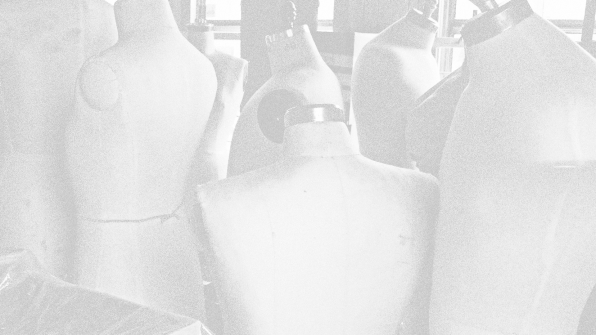
These statistics paint a picture of the systematic marginalization of black people, their aesthetic sensibilities, and their bodies. The fashion industry has deliberately crafted itself to be an arbiter of taste and beauty. But to the many people observing the industry from afar, the message telegraphed through these figures is that blackness is not beautiful.
There has been progress. Over the past year, several black people have risen to prominence in the fashion world. Virgil Abloh just became the first black man to take on the role of men’s artistic director at Louis Vuitton. Edward Enniful became the first black editor-in-chief of British Vogue. Tyler Mitchell became the first black photographer to shoot the cover of Vogue (Beyonce, who was featured in the issue, insisted upon it).
But all of this good news masks an uglier reality underneath the surface. As you take a closer look at the industry, it’s clear that black people still face many barriers to entry in fashion. A lot of this came to light in a recent story in New York Magazine, in which Lindsay Peoples Wagner spoke to more than 100 black people in the industry, from stylists to models to designers to magazine editors. Some were well-known, like Kimora Lee Simmons and Tracee Ellis Ross, and many others were names you may not know, because they work behind the scenes. All of these black fashion industry workers shared stories of being overlooked, marginalized, and insulted as part of everyday life.
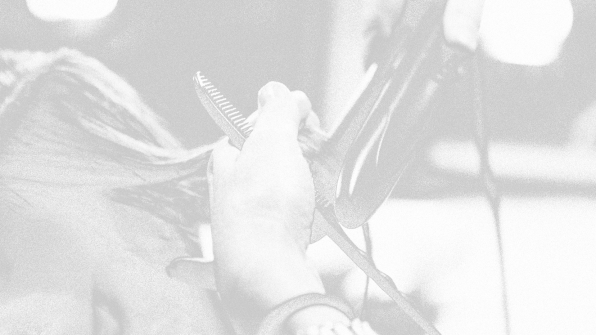
At times, the racism they talk about occurs in subtle, institutionalized ways, such as the fact that very few stylists know how to style black hair, which is one reason that black models sometimes don’t book jobs at runway shows. Model Anok Yai says her hair has been mutilated and chopped off by incompetent stylists. But there are many instances when black culture and style is overtly derided as ugly, “ghetto,” or inherently inferior to their white counterparts. “The concept of chicness and refinement, and the people who are defining those categories, come from places where everybody looks the same,” Gabriella Karefa-Johnson, the style director at the clothing brand Garage, says in the story. “It is steeped in historical references that have upheld a certain type of definition of elegance.”
Karefa-Johnson recalls a moment when a white person said they wanted “boxer braids.” She clarified by asking whether the person in question meant cornrows, only to be told, “No, cornrows are nasty.” She remembers thinking, “I don’t have the time to tell you why it is so fundamentally racist and problematic that you would use the term nasty to describe a hairstyle that you are now co-opting.”
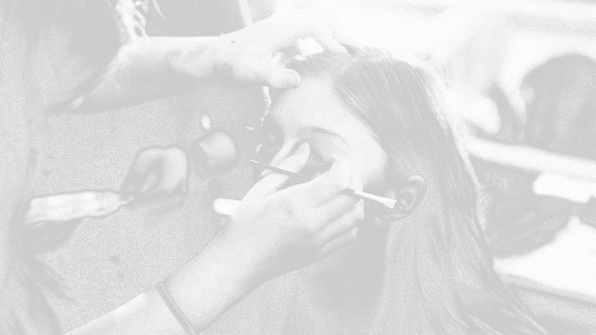
I’ve heard many similar tales as I’ve worked on stories for Fast Company. Crystal Etienne, founder of the underwear brand Panty Prop, believes that being black made it harder for her to land VC funding compared with her non-black counterparts. (Etienne wasn’t wrong: Only 4% of women-owned businesses and 13% of minority-owned businesses received VC funding last year.) Sonja Salmon, a banking executive turned luxury luggage entrepreneur, assumed the road to being a fashion brand founder would be harder for her. “As a woman of color, I have been underestimated many times in my life,” she told me earlier this year.
In my experience as a fashion reporter, the black entrepreneurs who have had success have simply gritted their teeth and tried to ignore how the deck is stacked against them. Many tell me about how they try to keep a positive attitude and assume that others in the industry have the best of intentions, even when they are proven wrong from time to time. “I have always operated at my personal best and assumed in professional situations there will be mutual respect until proven otherwise,” Salmon says.
Emma Grede, who cofounded of the wildly successful denim brand Good America with Khloe Kardashian, tells me the key to her thriving career is ignoring the fact that she is often the only black woman in the room. This has allowed her to go into every career opportunity with confidence instead of anxiety or fear. “Someone has to come first and be the first black person in that office,” she says. “At some point, you’ve just got to move forward and not give a shit.”
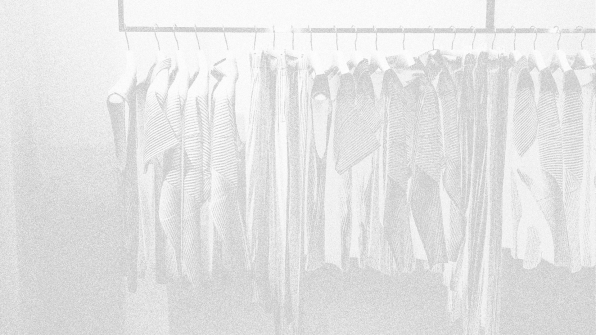
While this strength and self-assuredness is inspiring–particularly to the many other black people who are eager to break into fashion world–it is important to recognize that these are coping mechanisms. They allow these women to feel and act as if the playing field is even, when it is clearly not.
This hierarchical system also fosters a culture where those who have done their time in trenches feel that they deserve the right to assert their authority over the new class of entry-level workers. This is coupled with the belief that because fashion is a creative industry, it’s acceptable for those at the top–designers, stylists, magazine editors–to act erratically or be verbally abusive, all in the name of artistic genius. But in an environment where people talk casually about suffering for the sake of the art, it’s easy for those who are lower down in the pecking order to be abused. And as it happens, many of the black people who are able to break into the fashion industry aren’t able to make it past the lower ranks.
Then there is the monolithic notion of beauty that the fashion industry is guilty of perpetuating. Over the past few decades, emaciated bodies have been considered beautiful. Designers have often said that thin models are better able to highlight the artistic elements of clothing. But it’s also important to consider how these ideas of beauty have intersected with race. There’s now a body inclusivity movement that is fighting back against the idea that larger, curvier bodies are less attractive. Everyone from top red carpet designers like Christian Siriano to mainstream brands like J.Crew are getting into the plus size market, creating high quality and elegant clothes for larger women. And separately, modeling agencies and fashion magazines have been pushing to feature more black women. However, we’re just at the beginning of this process, and as the New York Magazine feature revealed, biases against curvy or dark-skinned models are still rampant.
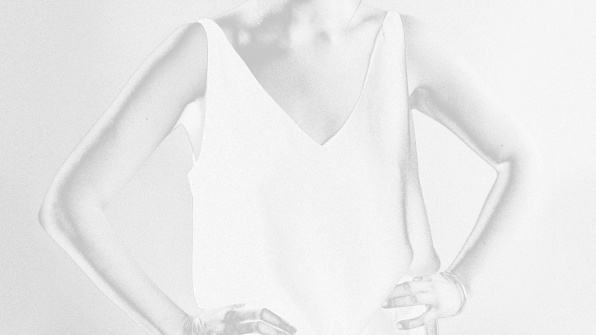
Yes, it’s important to feature black models in shows and on magazine covers, and to bring more black designers, photographers, and magazine editors into top roles. But it’s just as important to delve into the deeper racist dynamics that don’t go away just because Beyonce’s on the cover of Vogue or Virgil Abloh is at the helm of Louis Vuitton.
Gucci’s recent partnership with Dapper Dan provides a good model for how to bring more black voices into fashion without ignoring the deep-seated history of racism under the surface. In the 1990s, designer labels like Gucci and Louis Vuitton were all the rage, and while people on the streets of Harlem coveted these brands, they also felt that they weren’t designing clothes that fit with their aesthetic. Dapper Dan, an African-American tailor from New York, stepped in, creating hip streetwear–like bomber jackets and track suits–plastered with bootleg logos from these brands.
His creations were worn by black royalty of the time, including boxers and hip-hop artists. Gucci, among other European luxury houses, eventually sued Dapper Dan for copyright infringement, forcing him out of business. Couched in all this legal language was racism: These companies didn’t seem primarily worried about the loss of revenue, they simply did not want to be associated with black people, because they felt it would tarnish their brands. But a few years later, when streetwear moved beyond black communities and became mainstream, many of these luxury brands ended up co-opting black style–including work inspired by Dapper Dan–but put them on white models.
Last year, Gucci’s creative director Alessandro Michele sent a model down the runway in an outfit that was a close replica of one that Dapper Dan had created three decades before, a move that came as a shock to fashion observers around the world. Gucci then surprised everyone further by announcing that it would be partnering with Dapper Dan, helping him reinstate his Harlem atelier, and featuring him in marketing campaigns. The move placed a black man at the center of an Italian luxury brand, highlighting his work and style. But it also acknowledged the vexed history between Gucci and Dapper Dan.
Ultimately, overcoming racism in fashion doesn’t just come down to including more black people in the conversation. It means allowing that conversation to go into thorny territory, like addressing how black people and their culture have been both devalued and appropriated.
(61)

